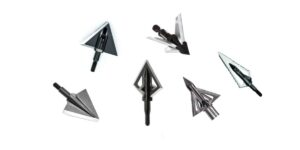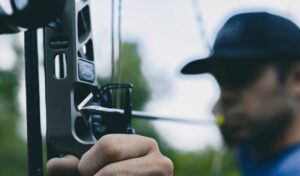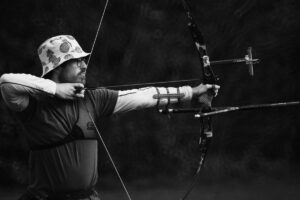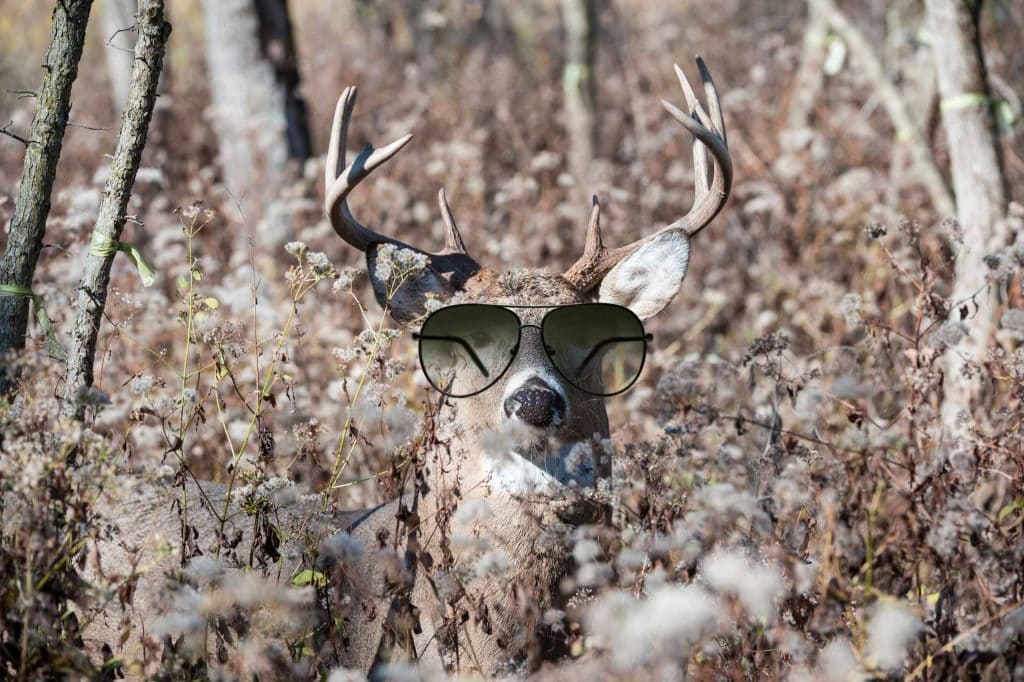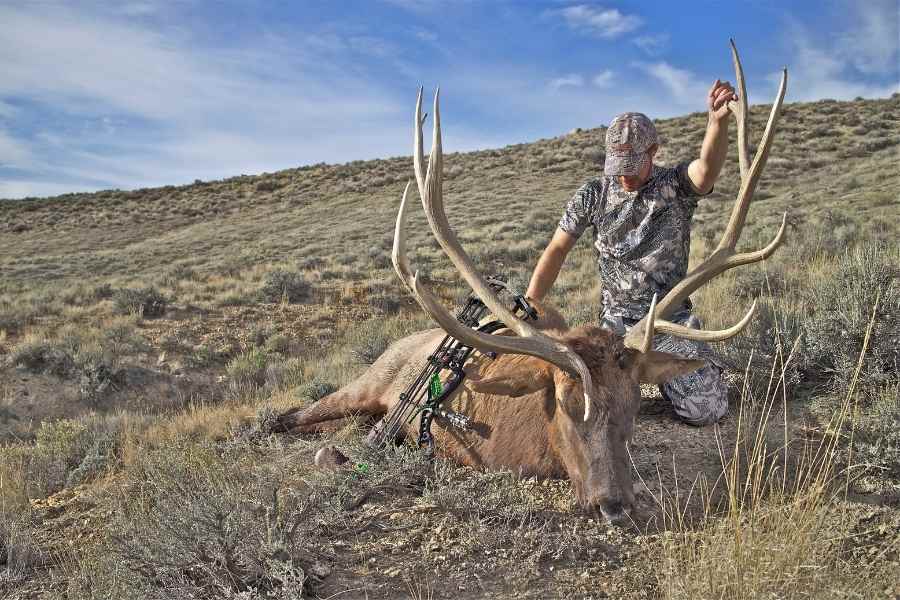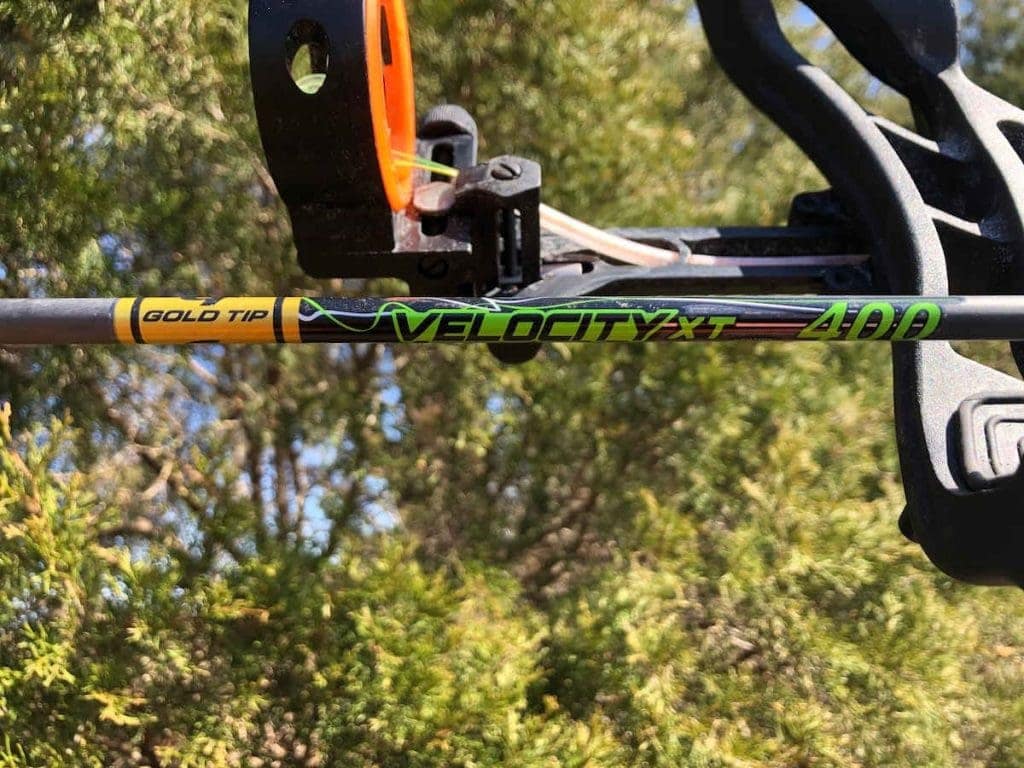Choosing which bow to purchase is undoubtedly a momentous decision for any archer. A misstep in the selection process can lead to less satisfactory accuracy and unnecessary monetary expenditure.
When deciding which bow is right for you, it is valuable to consider the best bow length for height regarding correct bow fitment.
Every archer is different in stature, with some being of above-average height while others are more moderate in vertical measurement.
Contents (Jump to Topic)
ToggleWhile archery certainly does not exclude anyone based upon height, bows fit differently for individuals of varying sizes and this fact must be considered before making a purchase.
What Is Bow Fitting?
Bow fitting considers all factors considering bow length, draw length, and draw weight, among other factors, when selecting the best possible bow to purchase.
This process can be highly variable since one individual differs from the next in their specific needs.
Without this process, an archer will likely be outfitted with a bow that does not adequately fit their frame, thus making accurate shooting difficult.
A deficiency in any one of these pertinent categories of consideration can easily lead to an impractical and disheartening experience.
A bow that features a draw weight that is too heavy for an archer can wreak havoc on shooting form and posture and make drawing in cold treestand situations nearly impossible.
Likewise, a bow of the wrong length for its owner can upset proper shooting geometry and be overly unforgiving.
What Length Recurve Bow Is Right For Me?
Your height is very specific in determining what length recurve bow will best suit your needs. This is because the taller an archer is, the longer their draw length typically becomes.
This is important because your draw length needs to be proportionate to the length of the chosen bow.
This achieves peak draw at a very accurate weight to the bow’s advertised draw weight, thus leading to improved form and accuracy.
As a general rule of thumb, the following table will assist in determining the approximate correct recurve bow length for a given height.
The length of a recurve bow (how to string a recurve bow) is measured from limb tip to limb tip, following their curvature along the inside edge of the bow.
| Height Of Archer | Measured Bow Lenght |
| 5´6″ or under | 64 inches |
| 5´7″ – 5´10″ | 66 inches |
| 5´11″ – 6´2″ | 68 inches |
| 6´3″ and above | 70 inches |
What Size Compound Bow Do I Need?
Compound bows typically come in a narrower range of lengths than their recurve bow cousins, and choosing which length is correct for you is also a different matter.
Compound bows are measured in axle-to-axle length, meaning the distance from the central pivot point from one cam to the other.
Most modern left- or right handed bows typically vary in length from 30”-35” axle-to-axle. An archer’s choice between these selections is largely a matter of personal preference.
The most prominent factor in selecting the correct length compound bow for your needs is stability and forgiveness from one end of the length spectrum to the other.
As a general rule, the longer a compound bow’s axle-to-axle measurement, the more forgiving it is to shoot because of increased stability. The trade-off is that shorter bows are easier to maneuver about in a hunting situation.
Therefore, the ideal hunting bow package has the shortest axle-to-axle measurement that you can shoot well. In the case of new archers or competition shooting, where maneuverability is a non-issue, a bow of greater length is often the best choice.
In the past, longer axle-to-axle bows featured extended draw lengths over shorter-length alternatives, although this is not necessarily true today.
If you are taller and have a longer-than-average draw length, this will be a factor to consider as it applies to the particular model of bow that you are interested in.
Draw Length And Draw Weight
Both draw length and draw weight ultimately play a large role in shooter comfort and accuracy. Working knowledge of bow values and their role is integral to selecting a properly fitted bow.
Draw Length
Draw length is the value designated to the proper length of draw that facilitates proper shooting form based on a shooter’s height and, more specifically, their arm-to-arm wingspan.
An accurate draw length measurement is important when considering exact recurve bow lengths. Draw length also influences how a new compound bow will be set-up.
How To Calculate Draw Lenght
You will need a tape measure and a calculator at your disposal to calculate your draw length.
- You will now outstretch your arms side-to-side in a relaxed fashion
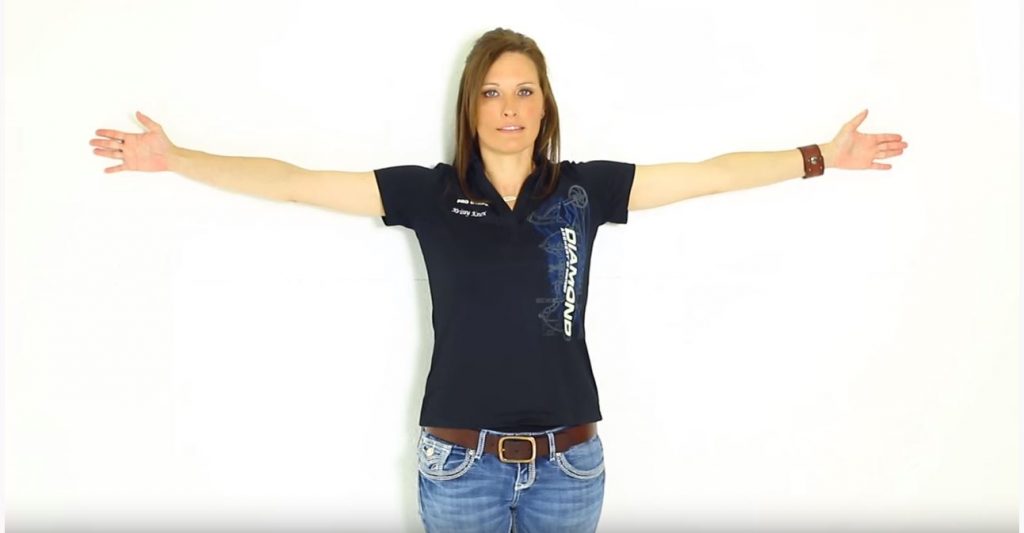
- With the help of an assistant, a measurement will be taken from the tip of one middle finger to the middle finger on the opposite hand.
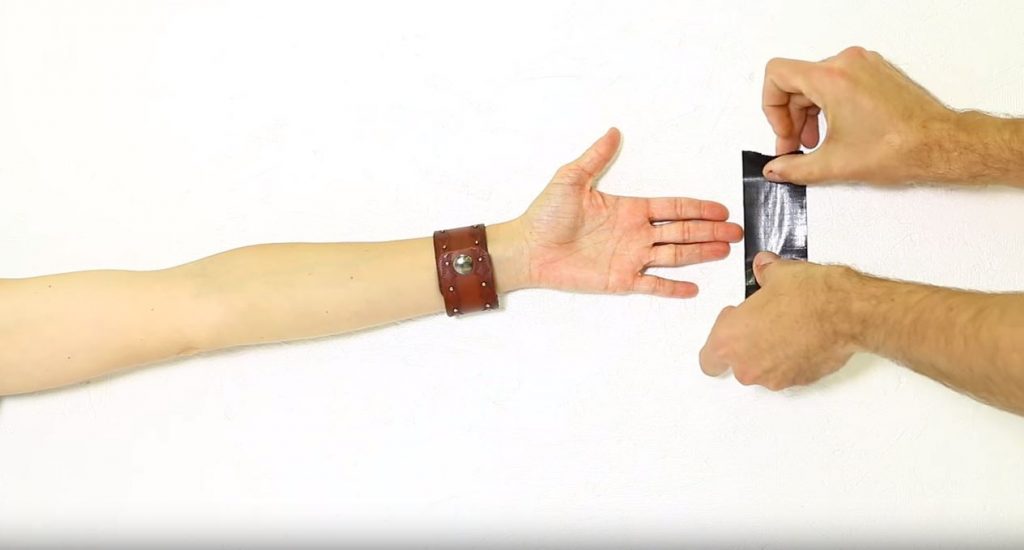
- Write this figure down for reference.
- You will now take a calculator and divide the previous measurement by 2.5, thus revealing your approximate draw length.
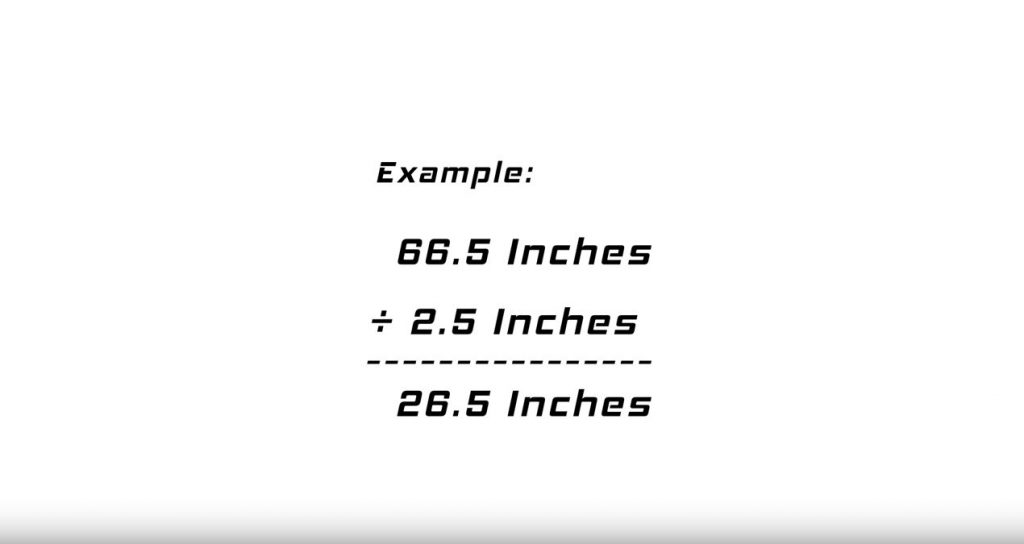
For more information about measuring your proper draw length, watch this video.
Draw Weight
Draw weight is a figure determined as a matter of personal preference on a case-by-case basis.
This is best determined by setting a bow at a weight that can be drawn and held at full draw for 30 seconds without discomfort. This can easily vary from one shooter to the next.
What compound bow draw weight is right?
When in doubt, it is always best to go with a slightly lighter draw weight, as excessive draw weight can quickly ruin even the best shooter’s form, and drawing such weight can become nearly impossible in cold weather hunting environments as muscles begin to stiffen.
Other Numbers Good To Know
When deciding which bow is right for you, there are additional values that, although not a complete necessity to know, can be of importance for personal reference.
Brace Height
Brace height is the distance from the deepest point of a bow’s grip to its string at rest. This number is important because a short brace height typically means a faster bow.
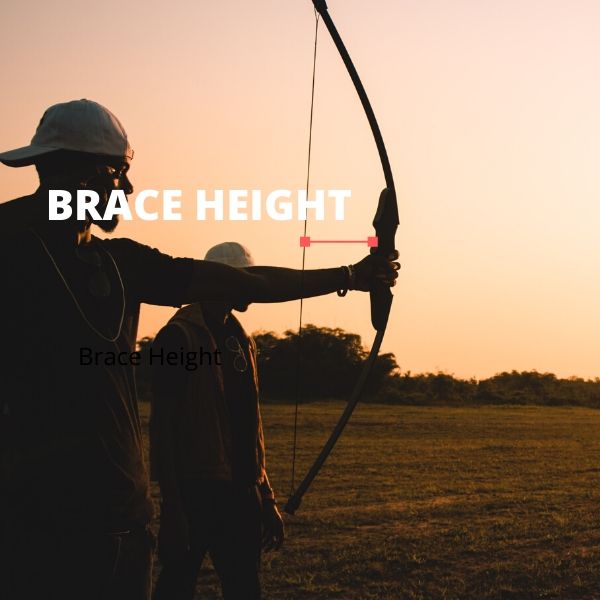
However, this comes with a trade-off. As brace height decreases, a bow becomes less forgiving to small errors in form and release, such as hand torque.
ATA Or IBO Speeds
Archery manufacturers specify the speed of their bows in one of two designations, ATA or IBO ratings. Although the methodology behind each rating system differs, each can be used to compare bow speeds using one of the two rating systems.
Many factors in a bow’s speed can be directly attributed to brace height, draw length, and draw weight.
Axle-to-Axle Length
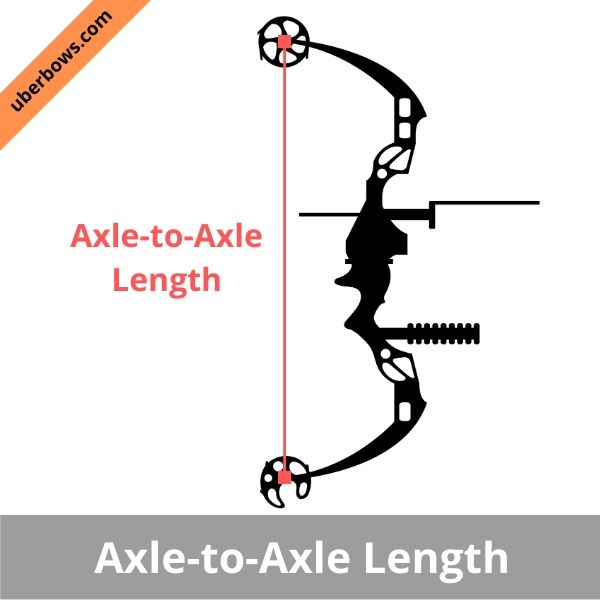
Axle-to-axle length is a term used to describe the measurement between the axles at each end of a compound bow on which a bow’s cams ride. This is an important measurement, as axle-to-axle length plays an active role in determining the stability of a bow when executing a shot.
Making Your Choice Count
Selecting the proper bow to meet your needs does not have to be any more difficult or stressful than you allow it to be. By taking careful stock of variables such as bow length, draw weight, and draw length, you can easily select the bow of your dreams, bypassing all of the hassles along the way.
With a properly fitted bow, you will be ready to go afield or hit the range in complete confidence.
Please feel free to comment, as we always enjoy hearing from our readers.
FAQ
What Is Bow Fitting?
What Length Recurve Bow Is Right For Me?
This is important to know because your draw length needs to be proportionate to the length of the bow that is chosen. This achieves peak draw at a weight that is very accurate to the bow’s advertised draw weight, thus leading to improved form and accuracy.
What Size Compound Bow Do I Need?
Bows are measured in axle-to-axle length, meaning the distance from the central pivot point from one cam to the other.

